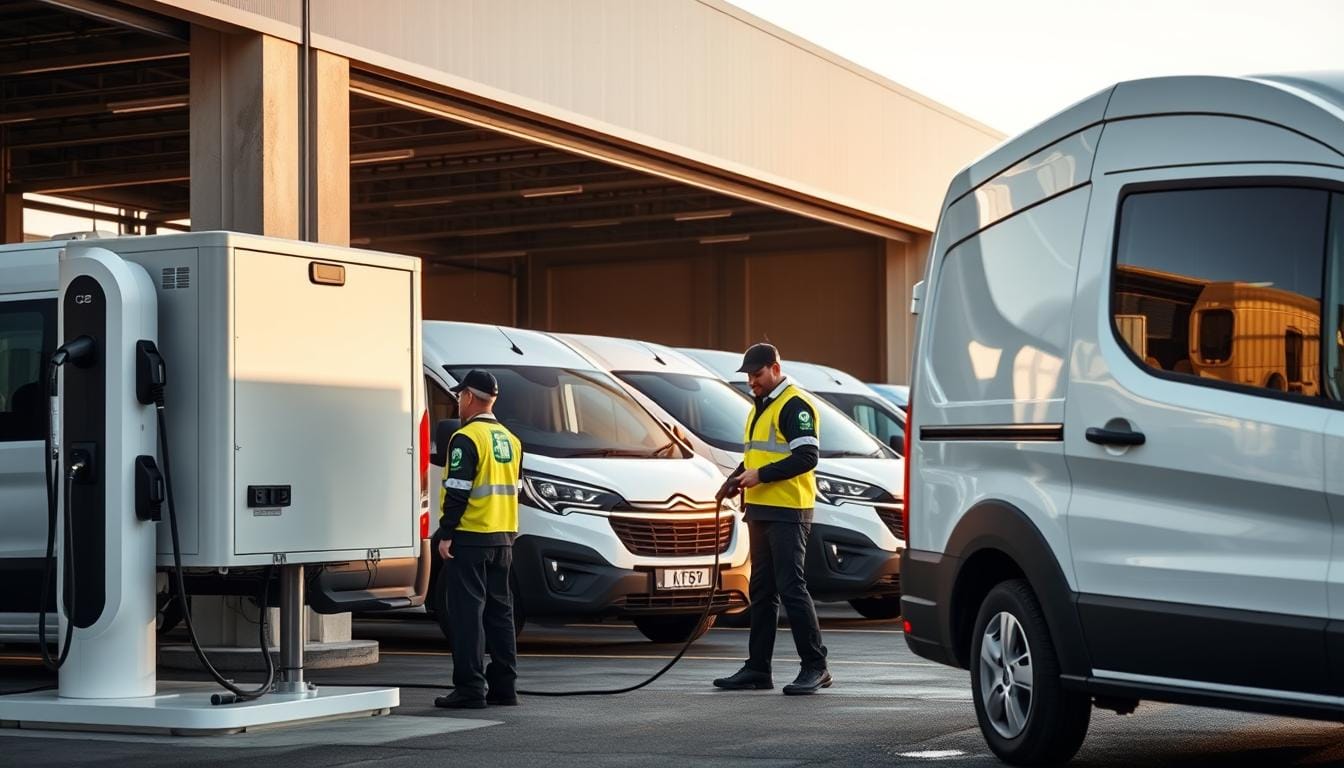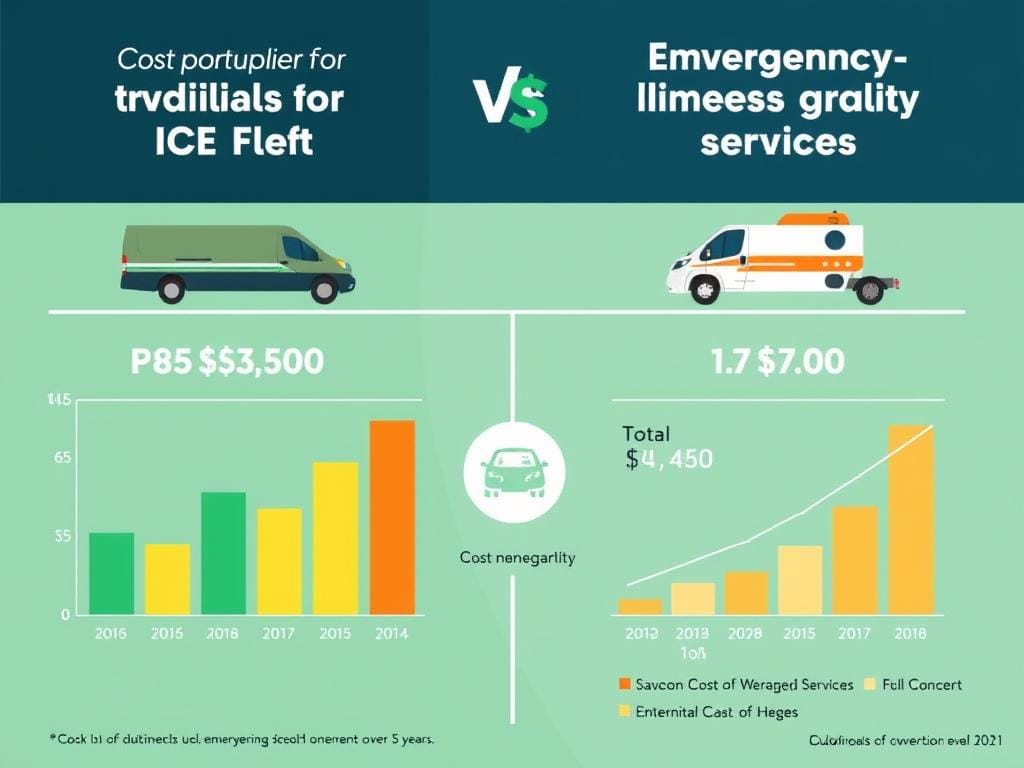The Critical Role of OEMs in EV Fleet Development
Original Equipment Manufacturers (OEMs) are automotive companies that produce vehicles and their components. In the electric vehicle ecosystem, OEMs play a pivotal role beyond simply manufacturing vehicles.
OEM Contributions to Fleet Electrification
Today’s leading OEMs are actively developing specialized electric vehicles designed specifically for fleet operations. These purpose-built EVs feature enhanced battery systems, fleet management integration, and operational efficiencies that address the unique demands of commercial use.
Companies like Ford, GM, and Volvo are creating dedicated fleet divisions focused on electrification. These specialized teams work directly with fleet operators to understand operational requirements and develop vehicles that meet specific industry needs.
OEM-Fleet Integration Advantages
- Purpose-built vehicles designed for specific operational needs
- Integrated telematics and fleet management systems
- Specialized service networks for commercial electric vehicles
- Dedicated support channels for fleet operators
- Extended warranty programs for commercial applications
- Access to OEM charging infrastructure networks
Explore OEM Fleet Partnerships
Discover how partnering with the right OEM can optimize your fleet electrification strategy.
The Growing Demand for Emergency Charging Solutions
As fleet electrification accelerates, the need for reliable emergency charging solutions becomes increasingly critical. Range anxiety remains one of the top concerns for fleet managers considering EV adoption.
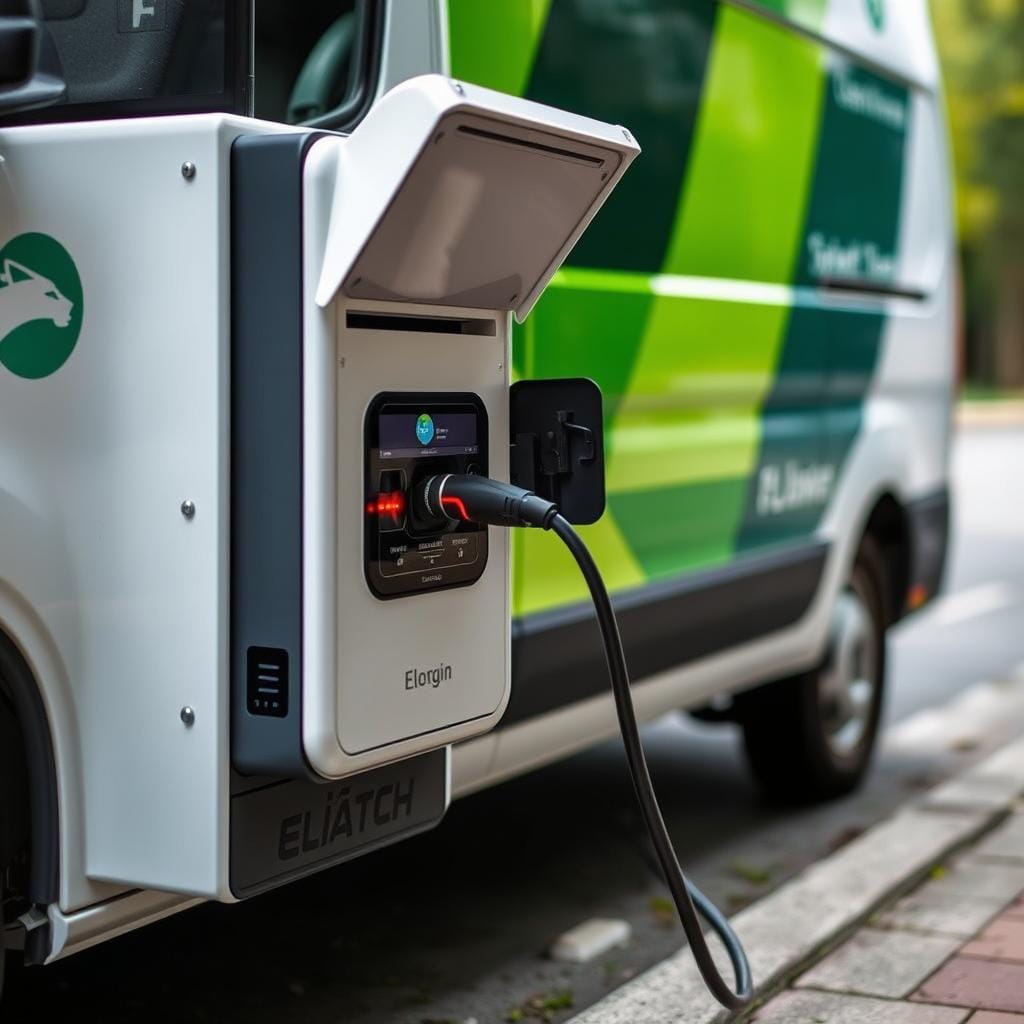
Mobile Charging Units
Compact, high-capacity charging systems that can be deployed to any location. These units deliver rapid DC charging capabilities without requiring fixed infrastructure, making them ideal for emergency situations.
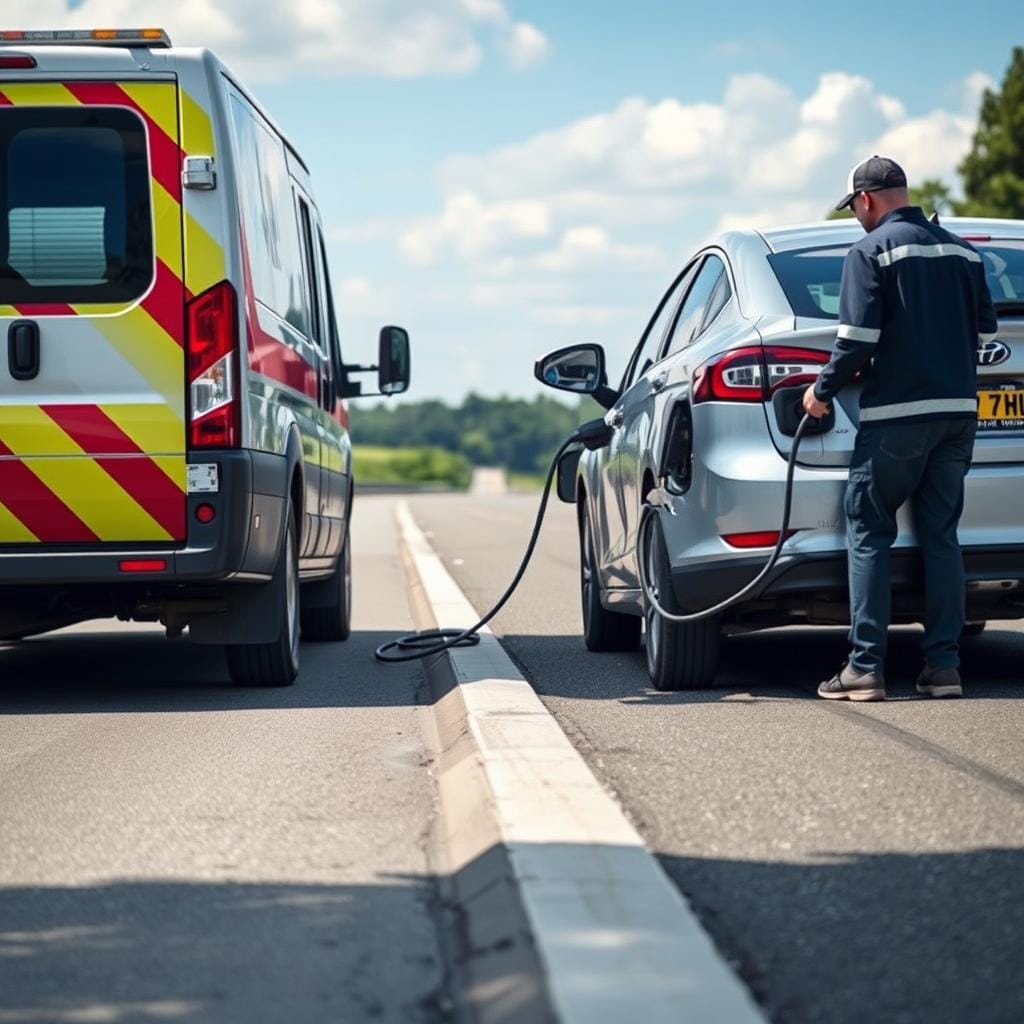
Roadside Assistance
Specialized EV roadside services equipped with mobile charging capabilities. These services provide immediate assistance to stranded vehicles, delivering enough charge to reach the nearest charging station.
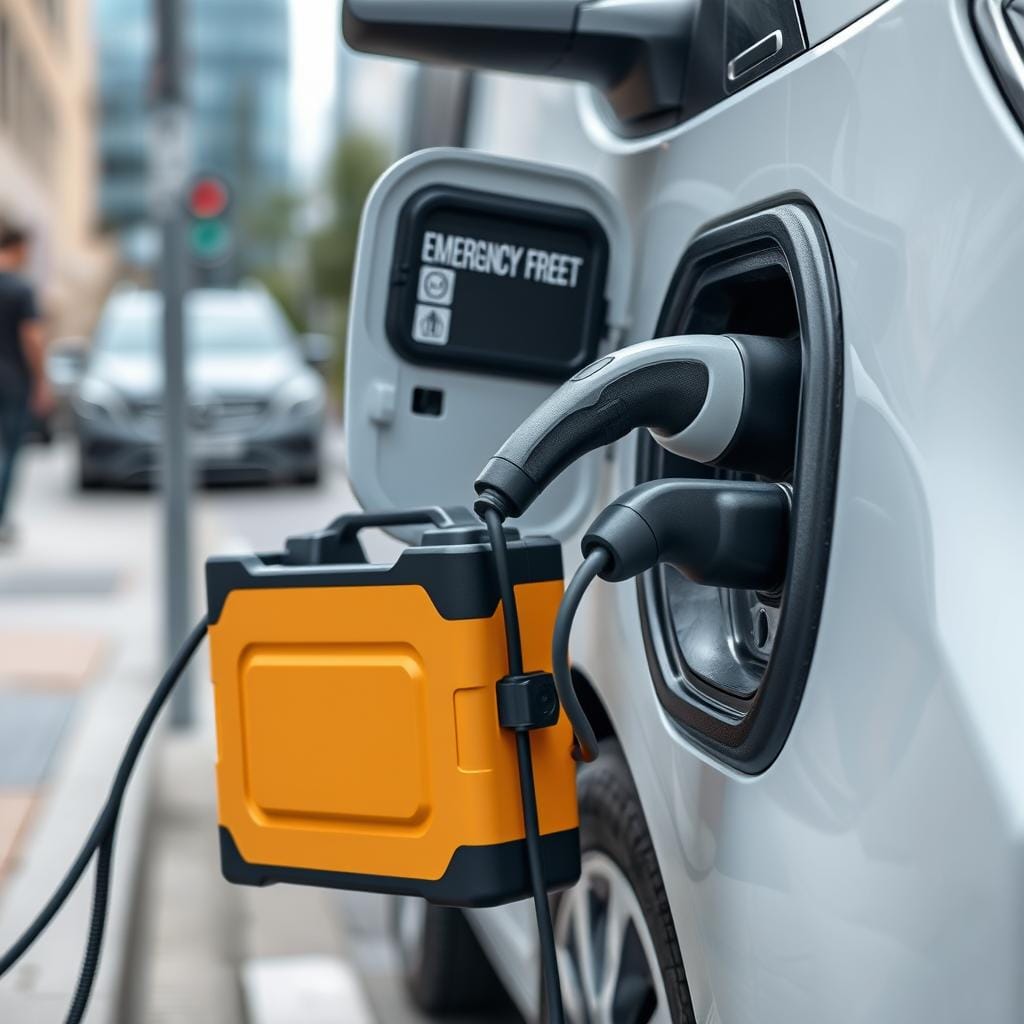
Portable Power Banks
Lightweight, portable battery systems that can be carried in fleet vehicles. These provide an emergency power reserve, ensuring vehicles can reach charging infrastructure even in unexpected situations.
Emergency Charging by the Numbers
According to recent industry data, emergency charging solutions can reduce fleet downtime by up to 78% compared to traditional towing and service methods. Mobile charging units typically deliver 50-80 miles of range in just 20-30 minutes of charging time.
OEM and Service Provider Collaboration: Addressing Range Anxiety
The most effective EV fleet solutions emerge from strategic collaborations between OEMs and specialized charging service providers. These partnerships create comprehensive ecosystems that address the full spectrum of fleet charging needs.

Key Collaboration Benefits
When OEMs partner with emergency charging service providers, fleet operators gain access to integrated solutions that combine vehicle capabilities with charging infrastructure. These collaborations typically include:
- Seamless integration between vehicle telematics and charging systems
- Predictive analytics that identify potential charging needs before they become emergencies
- Unified service networks that handle both vehicle and charging infrastructure maintenance
- Coordinated deployment of mobile charging resources based on fleet movement patterns
- Shared data platforms that optimize both vehicle performance and charging operations
“The future of fleet electrification depends on creating seamless ecosystems where vehicles and charging infrastructure operate as a unified system. OEM partnerships with charging providers are essential to delivering this integrated experience.”
Eliminate Range Anxiety in Your Fleet
Discover how integrated OEM and charging service partnerships can transform your fleet operations.
Real-World Examples: EV Fleet and Emergency Charging Success Stories

National Delivery Service: 98% Uptime Achievement
A major national delivery company deployed 350 electric delivery vans across three urban markets. By implementing a combination of depot-based charging and mobile emergency charging units, they achieved an impressive 98% vehicle uptime rate – exceeding their previous ICE fleet performance by 3%.
The company’s strategy included:
- Strategically positioned mobile charging units that could be deployed within 15 minutes to any vehicle in their service area
- Predictive analytics that identified vehicles likely to need charging assistance based on route conditions and driver patterns
- Integration with OEM telematics to monitor battery status in real-time
The result was a 23% reduction in operational costs compared to their previous fossil fuel fleet, with emergency charging accounting for less than 5% of total charging events.
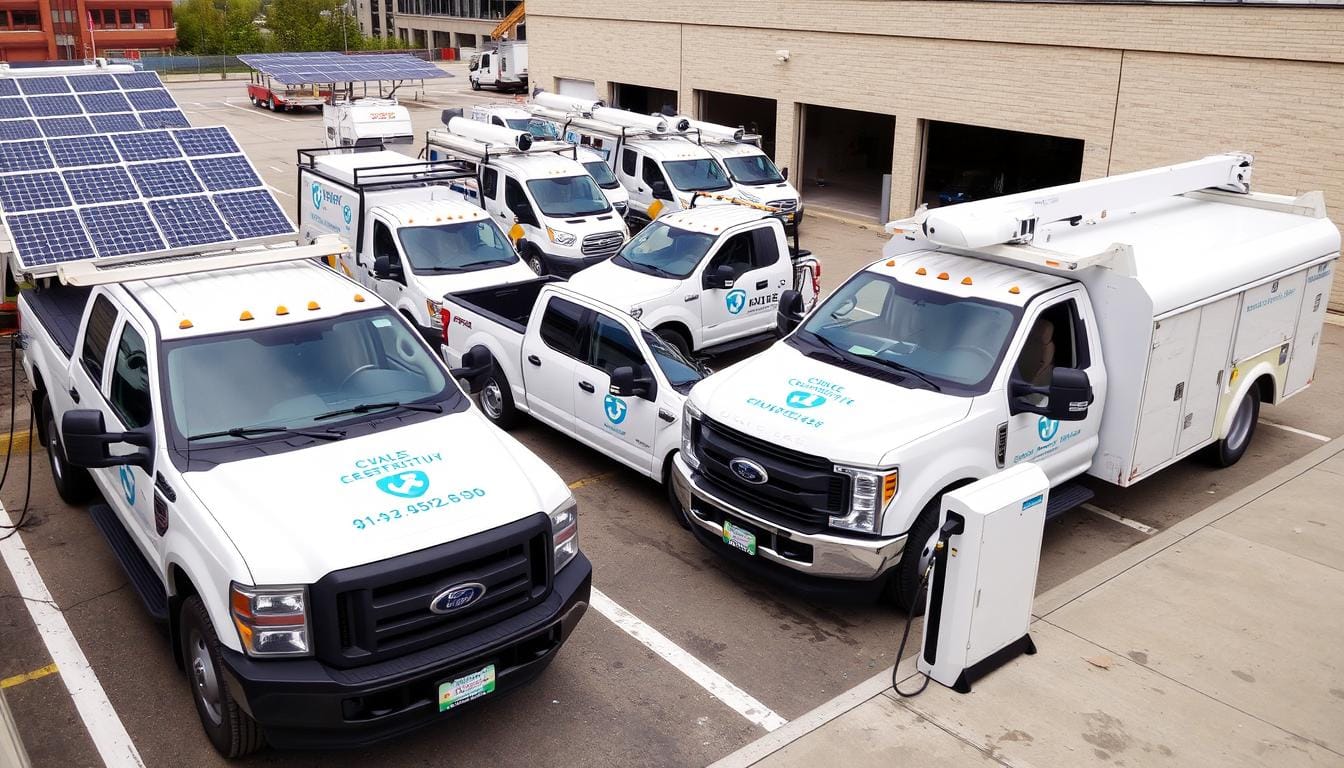
Municipal Services: Resilient Emergency Operations
A mid-sized city transitioned 60% of its municipal fleet to electric vehicles, including critical service vehicles. By implementing a comprehensive emergency charging network, they maintained essential services even during a three-day power outage following severe weather.
Their emergency charging strategy included:
- Mobile charging units powered by renewable generators
- Vehicle-to-grid capabilities that allowed certain fleet vehicles to provide power to critical infrastructure
- Distributed energy storage systems that could be deployed for fleet charging during emergencies
The city reported a 34% reduction in fleet operating costs while improving service reliability during emergency situations.
Implementing EV Mobile Fleet OEM Emergency Charging Services: A Strategic Approach
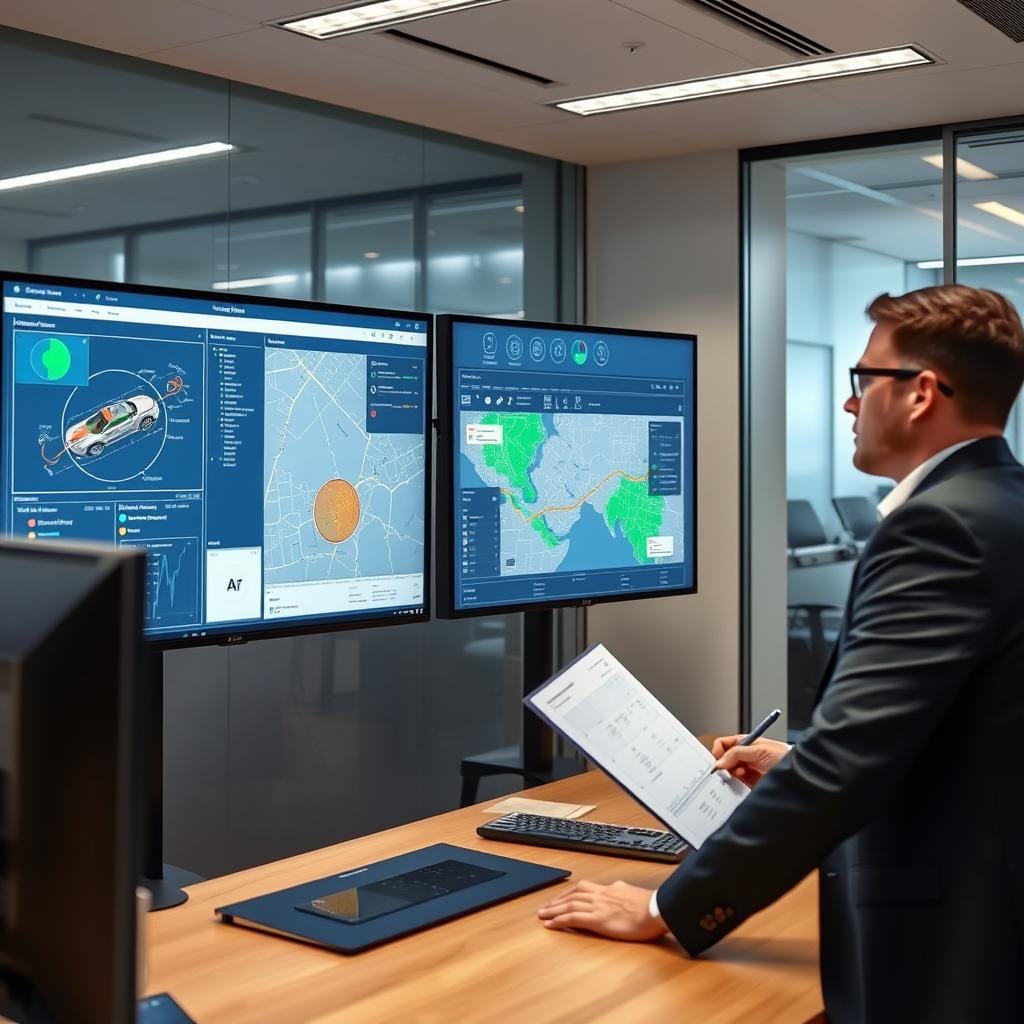
Assessment & Planning
Begin with a comprehensive analysis of your current fleet operations, including route patterns, vehicle utilization, and energy requirements. Identify critical vehicles that would benefit most from emergency charging support.
Work with OEMs and charging partners to develop a tailored strategy that addresses your specific operational needs and challenges.
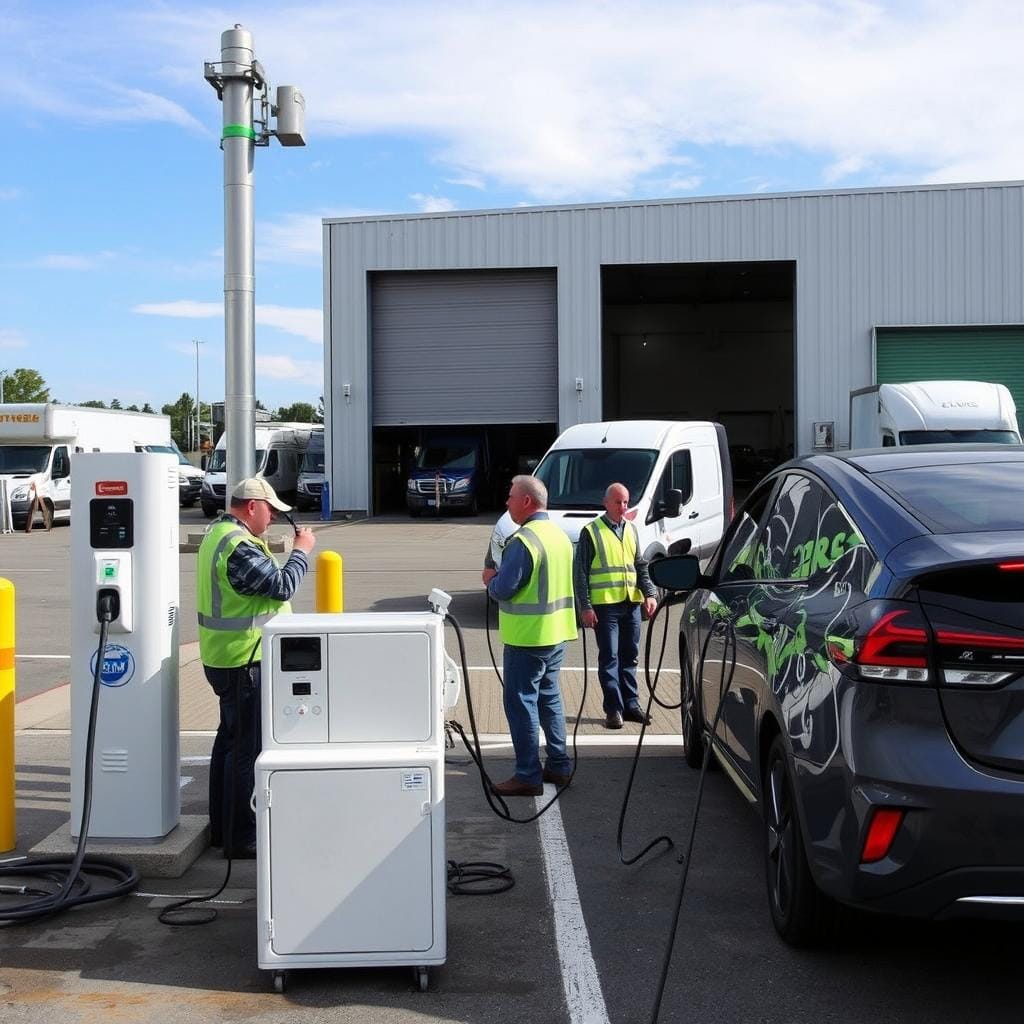
Infrastructure Deployment
Implement a multi-layered charging approach that combines fixed infrastructure with mobile and emergency solutions. Position mobile charging resources strategically based on operational patterns.
Integrate charging systems with fleet management software to enable real-time monitoring and predictive maintenance.

Continuous Optimization
Regularly analyze performance data to refine your emergency charging strategy. Identify patterns in charging needs and adjust resource allocation accordingly.
Work with OEM and charging partners to incorporate new technologies and approaches as they become available.
| Implementation Phase | Key Activities | Typical Timeline | Success Metrics |
| Assessment | Fleet analysis, route mapping, energy requirement calculation | 4-6 weeks | Comprehensive fleet electrification roadmap |
| Infrastructure Planning | Charging location selection, mobile unit allocation, OEM partnership development | 6-8 weeks | Finalized charging strategy with emergency coverage |
| Deployment | Installation of fixed infrastructure, mobile unit positioning, system integration | 8-12 weeks | Operational charging network with 99% coverage |
| Training | Driver education, dispatcher training, maintenance protocols | 2-4 weeks | 100% staff competency in emergency procedures |
| Optimization | Data analysis, resource reallocation, system refinement | Ongoing | Continuous improvement in uptime and efficiency |
Ready to Transform Your Fleet Operations?
Our team of experts will guide you through every step of implementing effective emergency charging solutions for your EV fleet.
The Financial Case for EV Mobile Fleet OEM Emergency Charging Services
Cost Reduction Opportunities
Implementing comprehensive EV fleet solutions with emergency charging capabilities delivers significant financial benefits beyond the obvious fuel savings:
- 68% reduction in fuel costs compared to traditional ICE fleets
- 43% lower maintenance expenses due to fewer moving parts and reduced wear
- 30% decrease in total cost of ownership over the vehicle lifecycle
- 78% reduction in downtime costs through rapid emergency charging vs. traditional towing
- Potential tax incentives and grants for sustainable fleet operations
Beyond Direct Savings
The benefits of implementing EV Mobile Fleet OEM Emergency Charging Services extend beyond immediate cost reductions:
Advantages
- Enhanced brand reputation through sustainable practices
- Improved driver satisfaction and retention
- Future-proofing against rising fuel costs and regulations
- Competitive advantage in markets valuing sustainability
- Reduced carbon footprint and environmental impact
Considerations
- Initial investment in vehicle acquisition
- Staff training requirements for new technology
- Potential route adjustments during transition period
- Charging infrastructure planning complexity
- Technology evolution requiring ongoing updates
ROI Timeline
Most fleets implementing comprehensive EV solutions with emergency charging capabilities achieve positive ROI within 24-36 months, with some high-utilization fleets breaking even in as little as 18 months.
The Future of EV Mobile Fleet OEM Emergency Charging Services
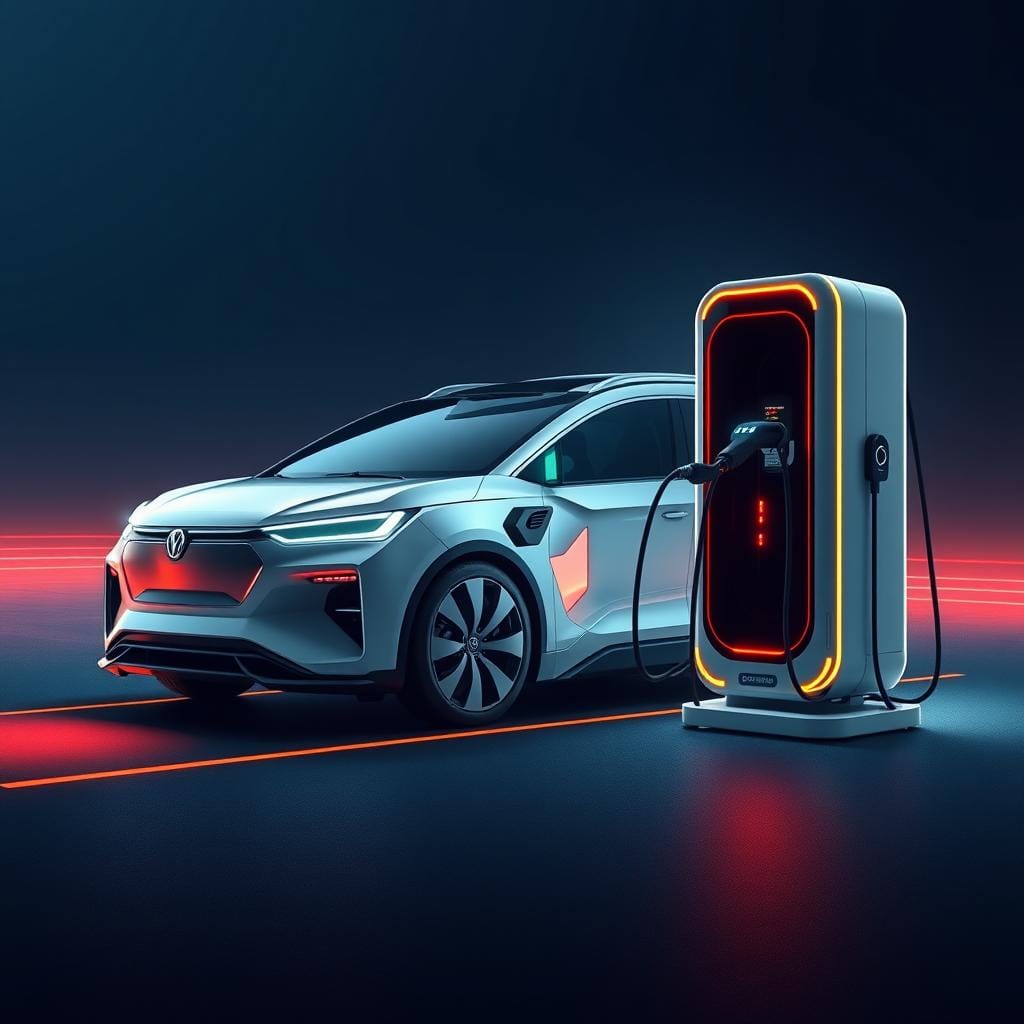
Autonomous Charging
The next generation of emergency charging solutions will feature autonomous capabilities, allowing charging units to navigate to vehicles in need without human intervention. This will further reduce response times and operational costs.
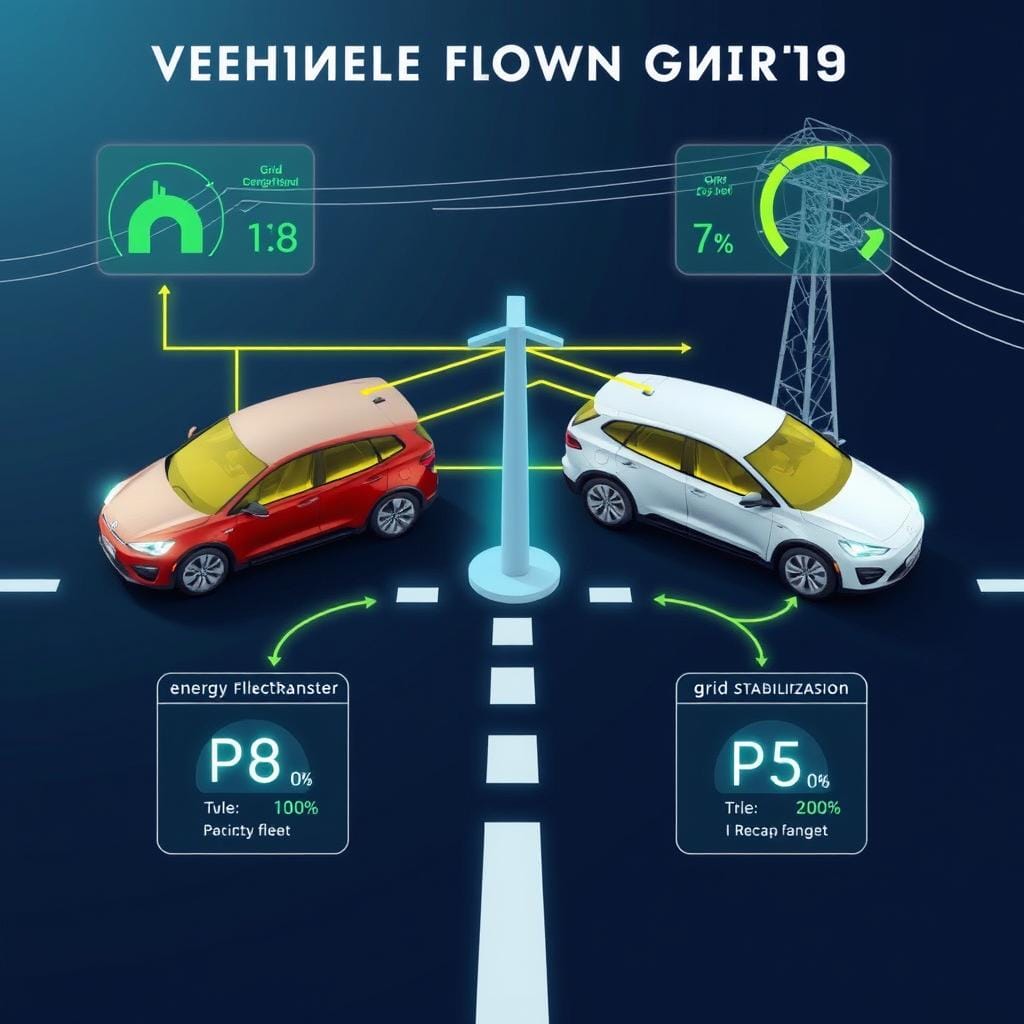
Vehicle-to-Grid Integration
Advanced V2G technologies will transform fleet vehicles into mobile power resources, providing emergency power during outages and generating revenue through grid services when vehicles are not in use.

AI-Powered Prediction
Artificial intelligence will revolutionize emergency charging by predicting exactly when and where vehicles will need assistance, enabling proactive rather than reactive charging support.
“The companies that will lead the future of fleet operations are those investing today in comprehensive charging ecosystems that combine fixed infrastructure with flexible emergency solutions. This approach eliminates the final barrier to full electrification.”
Start Your Fleet Electrification Journey Today
The integration of EV mobile fleets, OEM partnerships, and emergency charging services represents the complete solution that forward-thinking fleet operators have been waiting for. By addressing the critical challenges of range anxiety and charging infrastructure gaps, these comprehensive solutions remove the final barriers to widespread fleet electrification.
The organizations that act now to implement these solutions will gain significant competitive advantages through reduced operational costs, enhanced sustainability credentials, and improved fleet reliability.
Transform Your Fleet Operations
Our team of experts is ready to help you develop and implement a comprehensive EV fleet strategy with reliable emergency charging solutions.


